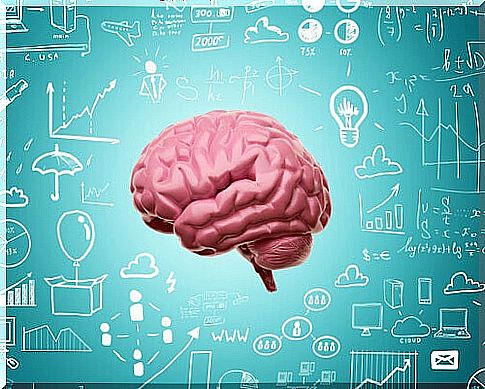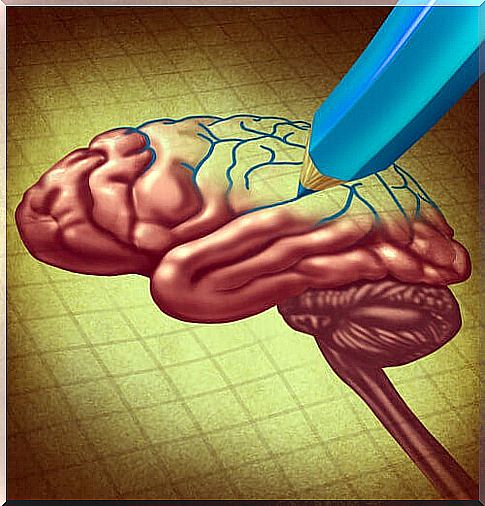Neuroplasticity: Thanks To It We Never Stopped Learning

In childhood, neuroplasticity is greater, the brain is more flexible than ever and is continually receiving stimuli that are new to it. At this moment, a large number of neurons are “born” that accelerate the child’s correct development and learning . Thus, childhood is a sensitive period for development, especially in the first five years.
However, the fact that our brain is more plastic and, therefore, flexible to change, does not mean that with age this plasticity disappears and it is not possible to learn or create new synaptic connections. Thus, even in old age, the brain’s ability to learn is demonstrated.
N Europlasticity and brain reorganization l
The brain has the ability to adapt to the environment and make changes in its own structure to deal with the demands of the environment. One of the evidences of the brain’s adaptability is the fact that people who cannot see or hear develop more other areas of the brain dedicated to perception through other senses, and brain functions are reorganized.

Spanish scientist Pascual-Leone demonstrated this ability through an experiment in which he blindfolded healthy individuals for five days. During this period of time, the individuals read Braille and performed auditory discrimination activities. Through MRI, it was observed that the visual cortex began to be activated through hearing and touch, the brain was adapting.
This experiment was carried out in adults, which means that, contrary to what was thought a few years ago, the human being’s brain continues to undergo changes throughout its life, and this reorganization has a lot to do with the required needs by the environment and its resources to face them.
learn throughout life
We all know that children have a great capacity to learn and that they have a superior ability than adults for many new tasks, such as playing an instrument, learning a new language or memorizing a text. This is a reality, the proliferation of new neurons (neurogenesis) in childhood is impressive, and as we grow this capacity diminishes.
However, neurogenesis continues even when we are old. The old belief that we are born with a certain number of neurons and that throughout life we do nothing but lose them is false. Yes, there is a decline in neuroplasticity, but our brain is still largely moldable.

Several factors that can influence this neuroplasticity have been identified. First, we are talking about an enriched environment that challenges our mind. Second, moderate exercise is also known to help. On the other hand, senescence, chronic stress or certain components in the blood seem to harm it.
The proliferation of new nerve cells was a great discovery. There are two areas of our brain where the phenomenon has been observed: in the subventricular area and in the hippocampus, the latter being closely related to memory. It is possible to see this neurogenesis in the hippocampus stimulated when we acquire new learning, favoring memory.
What happens in our brain when we learn ?
Neuronal plasticity is the mechanism that produces learning. On the other hand , the learning capacity that each person has is determined as much by genetics as by education. For example, one’s intellectual quotient would be largely determined by genetics, but the intellectual effort made also has repercussions on the plasticity of our brain and our capabilities.

Although genetically we have a great capacity for learning, we will be indebted if we do not know how to develop it. If we keep it dormant and don’t put it into practice, we are losing not only the fact of developing it, but also the possibility of doing so to a high limit. Thus, not only would we not add, but we would also be subtracting part of this potential from our future
Cognitive stimulation is essential for our brain to be prepared to adapt to the demands of our environment. Neuroplasticity is an essential mechanism when dealing with brain injuries; it is assumed that those who have benefited from plasticity through learning will have more resources to overcome or compensate for an injury suffered.







